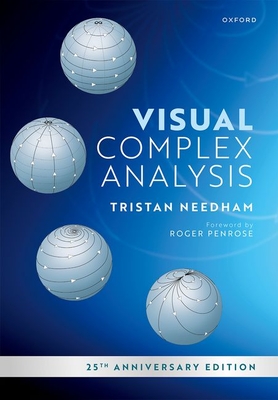What do you think?
Rate this book


720 pages, Kindle Edition
Published February 7, 2023
2.32 Definition A subset K of a metric space X is said to be compact if every open cover of K contains a finite subcover.I knew the technical meaning of every term in that definition, but I still didn't know what it meant. That is, I had no mental image of what a compact set looked like, or how it differed from sets that were not compact. And Rudin had no interest in helping me to form such an image. There is, I believe, exactly one picture in the entire text.